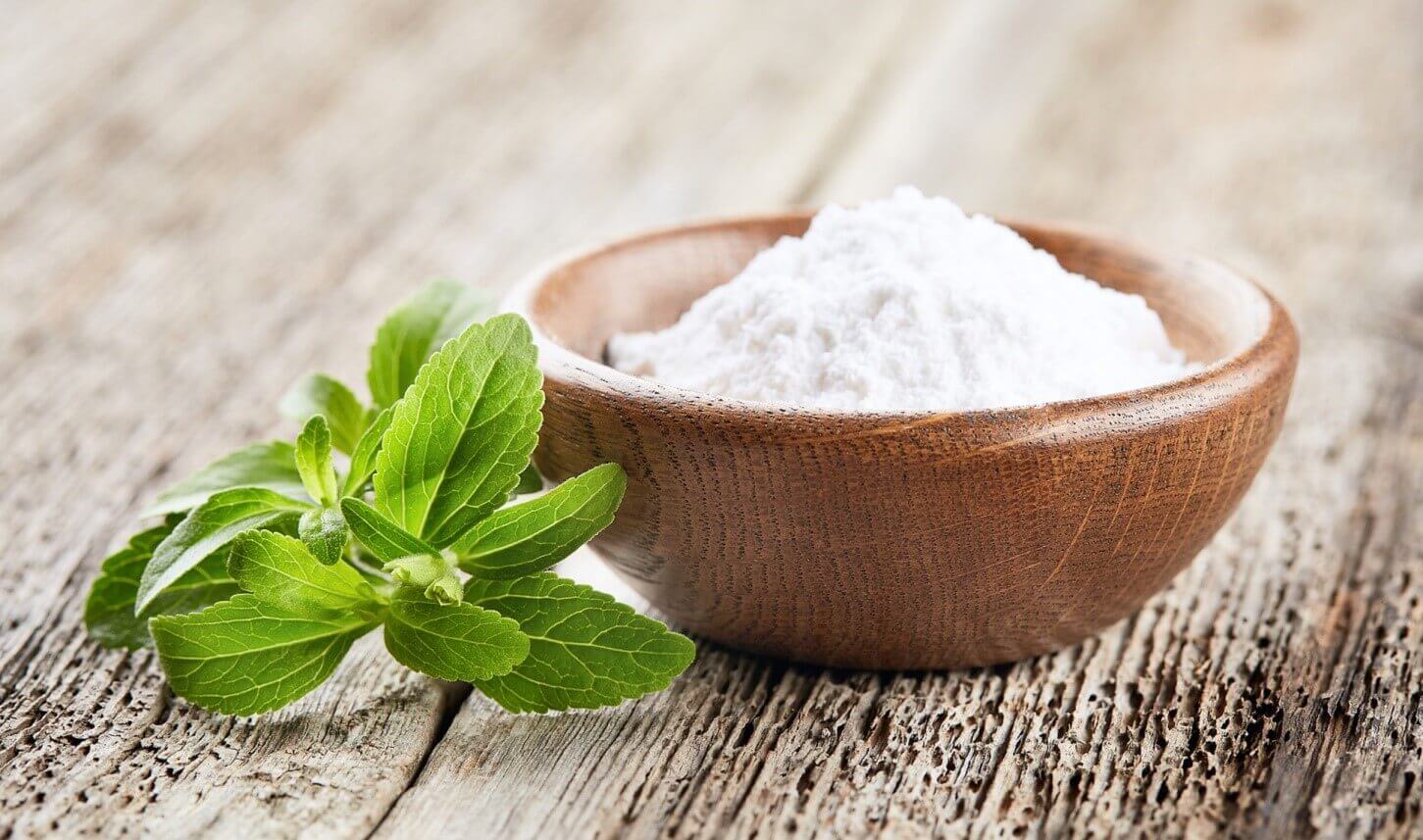Flavor Challenges with RTD Protein Beverages
Taste can make or break a product. And while it’s hard enough to create a product with a winning flavor, product developers of nutrition products like RTD protein beverages face special challenges. High-protein nutrition products often include several ingredients that are known for their inherent off-flavors.
Manufacturers of protein RTDs often formulate with bold, indulgent flavors to overcome these challenges. Chocolate, vanilla, coffee, and caramel are tried-and-true options, while newer sweet brown flavors for protein RTDs include cinnamon roll and butter pecan. Another popular approach is the use of fruit cream flavors like banana cream, strawberry cream, and peaches and cream.
However, even products that use rich, decadent flavors may still need a little help in covering off-notes, which can come from vitamins, minerals, high-intensity sweeteners, or plant-based proteins. Protein RTDs such as sports nutrition beverages, meal replacement drinks, protein juice smoothies, and fortified yogurt drinks are all examples of products that can benefit from flavor masking.
Vitamins and Minerals
Many protein RTDs are fortified with vitamins and minerals at levels that can range from 25 to 50% DV per serving. Some can carry bitter, metallic, or astringent off-notes, with B vitamins and iron especially troublesome. Microencapsulating these nutrients before blending them into a custom premix can be an effective way to mask their flavor. Using flavor masking products specific to vitamin and mineral off-flavors is another option.


